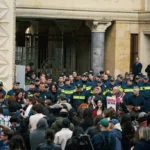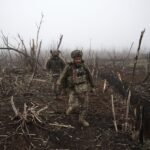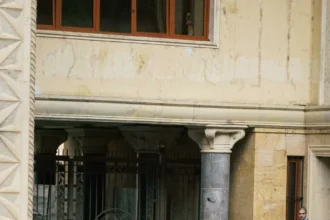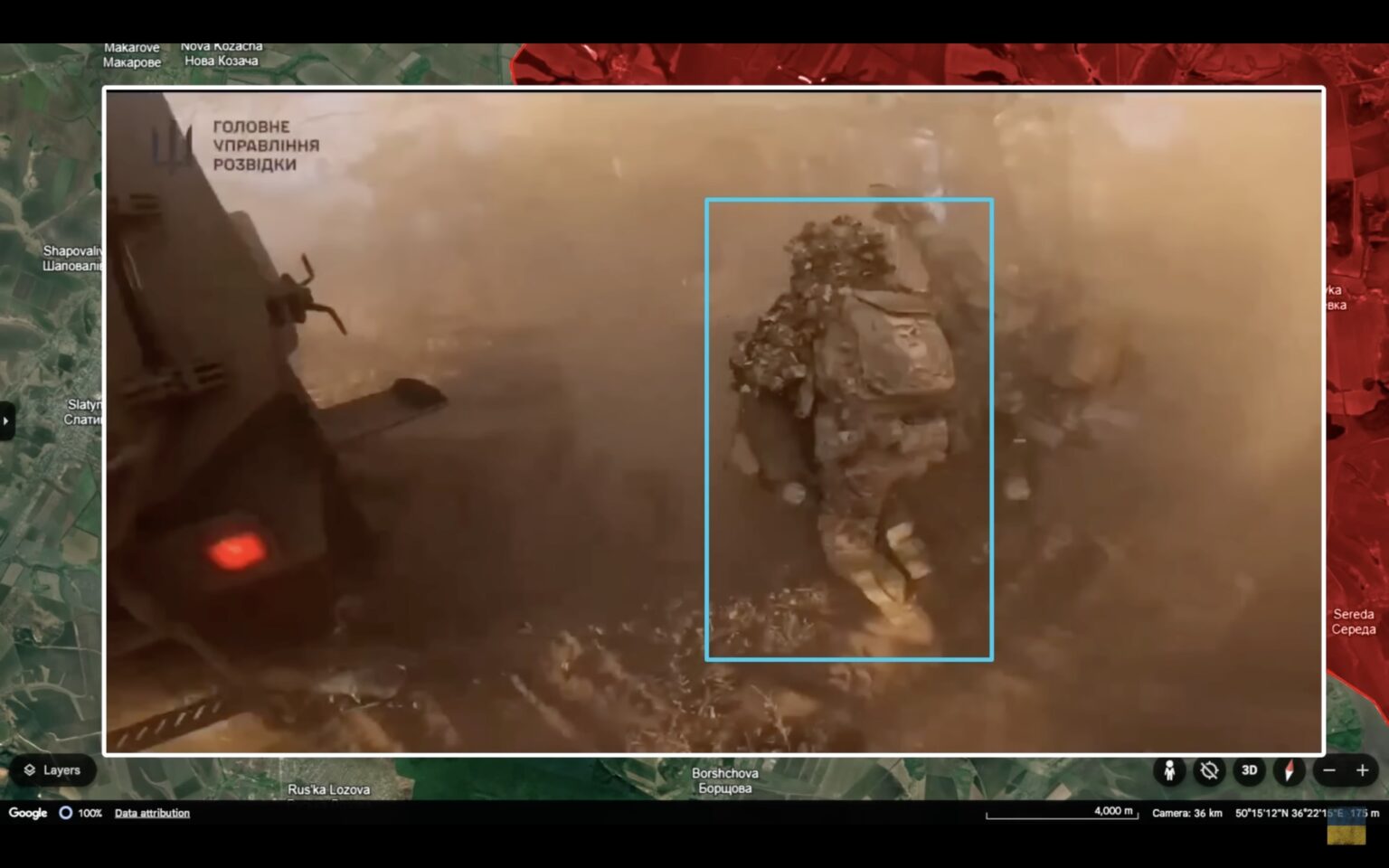The Ukrainian elite regiments Kraken & Artan led an assault in Kharkiv’s direction. They used reconnaissance drones first to assess Russian positions, and then launched precise artillery attacks on the already weakened Russian forces in the area.
Today, there are many interesting updates coming from Kharkiv in eastern Ukraine.
In an attempt to break the stalemate, Russian forces tried a new strategy, launching coordinated attacks from multiple unexpected directions in order to break Ukrainian defences.
The operation was a failure and Ukrainian forces seized the opportunity to seize control of the battlefield. They launched a series of successful counterattacks, which not only helped them regain key positions, but also changed the momentum.
Lyptsi is the main objective for Russian forces. To accomplish this, they opened up a new attack vector from Zhuravlivka to complement their initial push from Hlyboke. This new advance follows E105 toward Velyki, Maly Prokhody and is around 10 kilometers from the border. By securing these settlements, the Russians could attack Lyptsi on the west.
Meanwhile, the northern forces are preparing for a new assault. They aim to get within three kilometers of village. This would put pressure on Lyptsi both from the north and west, to overwhelm Ukrainian defences.
The Russian 155th Marine Brigade had been tasked with opening a brand new assault vector at Zhuravlivka. Stormtroopers were deployed aboard BMP-2s in preparation for a mechanical offensive.
The Ukrainian drone operators intercepted the Russian Marines as they tried to advance across the border. The drones destroyed an entire assault platoon by destroying three BMP-2s and the marines, who tried to escape.
Ukrainian drones were able to target Russian mechanized units north of Lyptsi that were advancing with BMPs, turtle tanks, and drones. A Ukrainian FPV hit the lead tank, stopping its progress and forcing all the other convoys to retreat to avoid further destruction. After the Russian paratroopers were neutralized, regular troops remained in the area. Ukrainian drones repeatedly hit these positions to prevent the building up of stormtroopers in preparation for future attacks.
After the failed Russian assaults on Ukraine, Ukrainian forces took the opportunity to counterattack and targeted the disorganized Russian Marines who were fleeing drone strikes in Zhuravlivka.
Under the cover night, Ukrainian troops crossed through nearby forests to avoid Russian detection. The Russian marines, scattered to avoid drones, were unable mount a coordinated defence, allowing Ukrainian fighters capture many of them. Belgorod Governor Vyacheslav gladkov confirmed later that Ukrainian forces launched a cross border raid near Zhuravlivka.
In the Lyptsi region, Ukrainian forces intensified drone strikes against Russian positions in the north. Ukrainian drone operators equipped their drones with napalm and large six-kilogram bombs to maximize the effectiveness of this attack. These intensified strikes succeeded in saturating and weakening the Russian defenses. This prepared the ground for a forthcoming Ukrainian counterattack.
The Ukrainian Military Intelligence Special Forces led the counterattack north from Lyptsi. This included the elite Kraken Regiment and Artan Regiment. First, they used reconnaissance drones to carefully scan the Russian positions. Then, they launched precise artillery attacks. This opened the way for the Ukrainian Special Forces to advance quickly in armored personnel carrier along the roads.
After dismounting they engaged in close quarters combat, using their superior training and combat experiences against the already weakened Russian forces, suppressed earlier by drone and artillery attacks. By the end, the Ukrainians had taken a key patch in the forest, which helped to stabilize the defenses in this sector.
The Russians thought they would achieve tactical surprise if they launched an attack in a different direction. However, their assaults were spotted and engaged timely, compromising the further development of the operations.
As the Russian Northern Group of Forces from Kharkiv had contributed the majority of their forces in the direction of Kursk, high losses during these attacks were a critical factor for continuing the operation. These heavy losses allowed the Ukrainians to retake the initiative, retake multiple locations, and even cross the Russian border in order to conduct a raiding campaign, while the Russians struggled to find reserves to stabilise their situation.
In our regular frontline reports, we team up with the military blog Reporting from Ukraine in order to keep you updated on what’s happening on the battlefield during the Russo Ukrainian war.
Read More @ euromaidanpress.com













